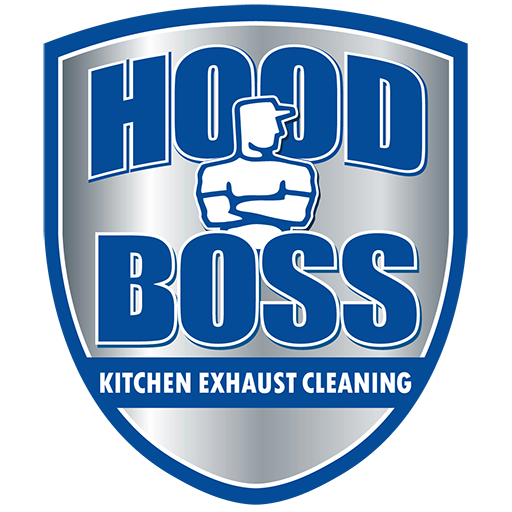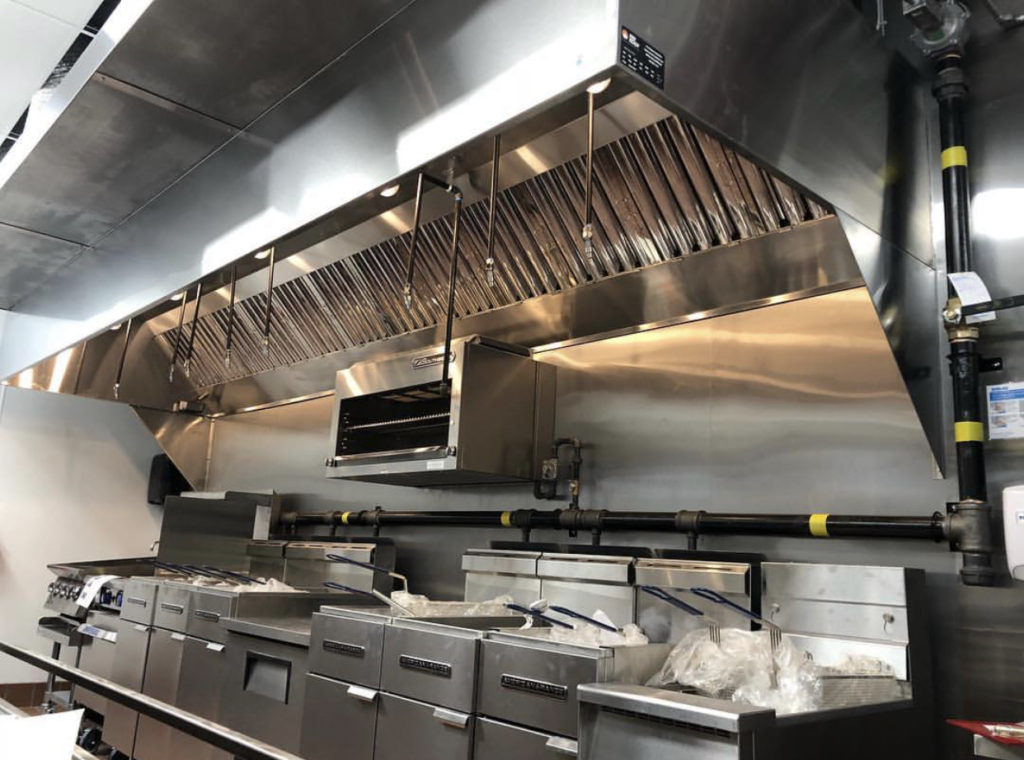For your own peace of mind, have two or three qualified kitchen exhaust cleaning companies inspect the existing kitchen setup to make sure it will not only meet your needs, but also NFPA standards to avoid fines or possible business closure. To choose a reputable company, check out their customer reviews via Google, Yelp or similar. Your peers in the industry have left remarks about their experience and will give you a good idea about which cleaning companies to trust.
A professional kitchen exhaust technician should give you a free visual inspection along with a written assessment while walking you through their findings. Review the NFPA96 codes carefully in advance so you can fully understand what the technician tells you. If your new ownership includes changing the menu, be sure to mention any planned new equipment and bear in mind its relation to the existing equipment, dining area and exits. If each of the system inspectors give you similar results you can be more confident in planning and budgeting future expenses.
You can learn more about the cleaning of your commercial kitchen exhaust with the Hood Boss Kitchen Exhaust Cleaning Interactive Diagram. [/vc_column_text][/vc_column][/vc_row][vc_row][vc_column width=”1/6″][vc_single_image image=”8294″ add_caption=”yes” el_class=”wp-caption-text”][/vc_column][vc_column width=”5/6″][vc_column_text]How often does the exhaust system need servicing and when was the last time a qualified technician cleaned it?
Look at any supplied ledgers for information on the cleaning company used by the previous manager. There should also be a signed service sticker on the vent hood in clear view with contact information and a cleaning and inspection date. Unfortunately, sometimes a restaurant manager will cut costs on their vent hood cleaning service by ‘pushing’ their cleanings out at every scheduled maintenance by several days or weeks. By doing this, they believe they have saved money by eventually skipping a required service over the course of the year. The actual result instead is that they were placing their customers and staff in potential danger by allowing excessive grease to build up in and around the exhaust system.[/vc_column_text][/vc_column][/vc_row][vc_row][vc_column][vc_column_text]How old is the kitchen equipment and does any of it still carry a warranty?
Most manufacturers offer warranties on their large commercial kitchen appliances at an additional charge and cover repairs or replacement in the event of a breakdown. A warranty could save you a lot of money down the road but it’s important to read the fine print for specific coverage to know what possible expenditures might lie ahead.[/vc_column_text][/vc_column][/vc_row][vc_row][vc_column width=”1/6″][vc_single_image image=”8297″ add_caption=”yes” el_class=”wp-caption-text”][/vc_column][vc_column width=”5/6″][vc_column_text]If you’re planning to expand the menu do you need additional or different exhaust ducts or fans?
Make sure the existing exhaust system can accommodate any added equipment and that there is power available to handle the extra draw. Remember, commercial kitchens require an air balance between fresh air and exhaust. If one works harder than the other you could be overtaxing it causing kitchen exhaust to enter the dining area instead of evacuating through the roof, or the dining area’s HVAC may be trying to cool the kitchen.
Watch our video explaining air balance in commercial kitchens on our Hood Boss Resources page.[/vc_column_text][/vc_column][/vc_row][vc_row][vc_column][vc_column_text]Do you need to add to or update the fire suppression system?
If your new menu includes appliances that use a different cooking fuel you will likely need to accommodate its exhaust separately from the existing system and provide the appropriate fire suppression system for it. When using a different cooking fuel than the existing appliances, make sure the building and zoning codes allow for it as some commercial kitchen exhaust product can break down the building’s roof composition.
Learn more about commercial roof types and the effects of commercial kitchen exhaust with our informative video in the Hood Boss resources area.
Learn more about what to expect during your fire suppression system inspection with our helpful video from our sister company bossfireprotection.com[/vc_column_text][/vc_column][/vc_row][vc_row][vc_column width=”1/6″][vc_single_image image=”8298″ add_caption=”yes” el_class=”wp-caption-text”][/vc_column][vc_column width=”5/6″][vc_column_text]Avoid built-in electronic control panels and fire suppression activation systems.
Electronic equipment may seem like a modern update, but the fact is they add little to the functionality and are expensive to repair if they stop working. For appliances, knobs and valves are simpler, last longer and are easily replaced if ever needed.
This notion applies to the fire suppression system as well. Electronic control pads are often confusing, especially in an emergency, and are never as fail-safe as a cable fire suppression system.
You can learn more about your commercial kitchen fire suppression system and how it works by checking out our sister company’s website at bossfireprotection.com.[/vc_column_text][/vc_column][/vc_row]





